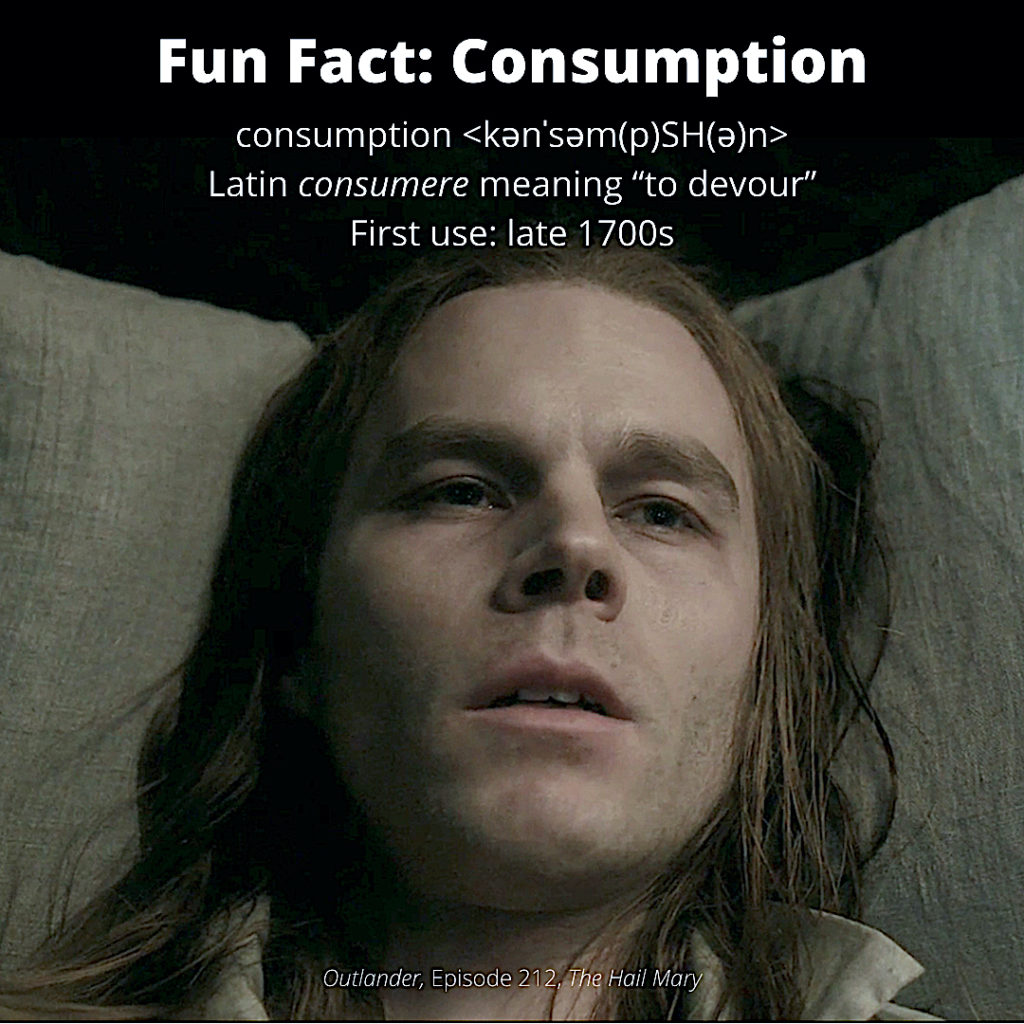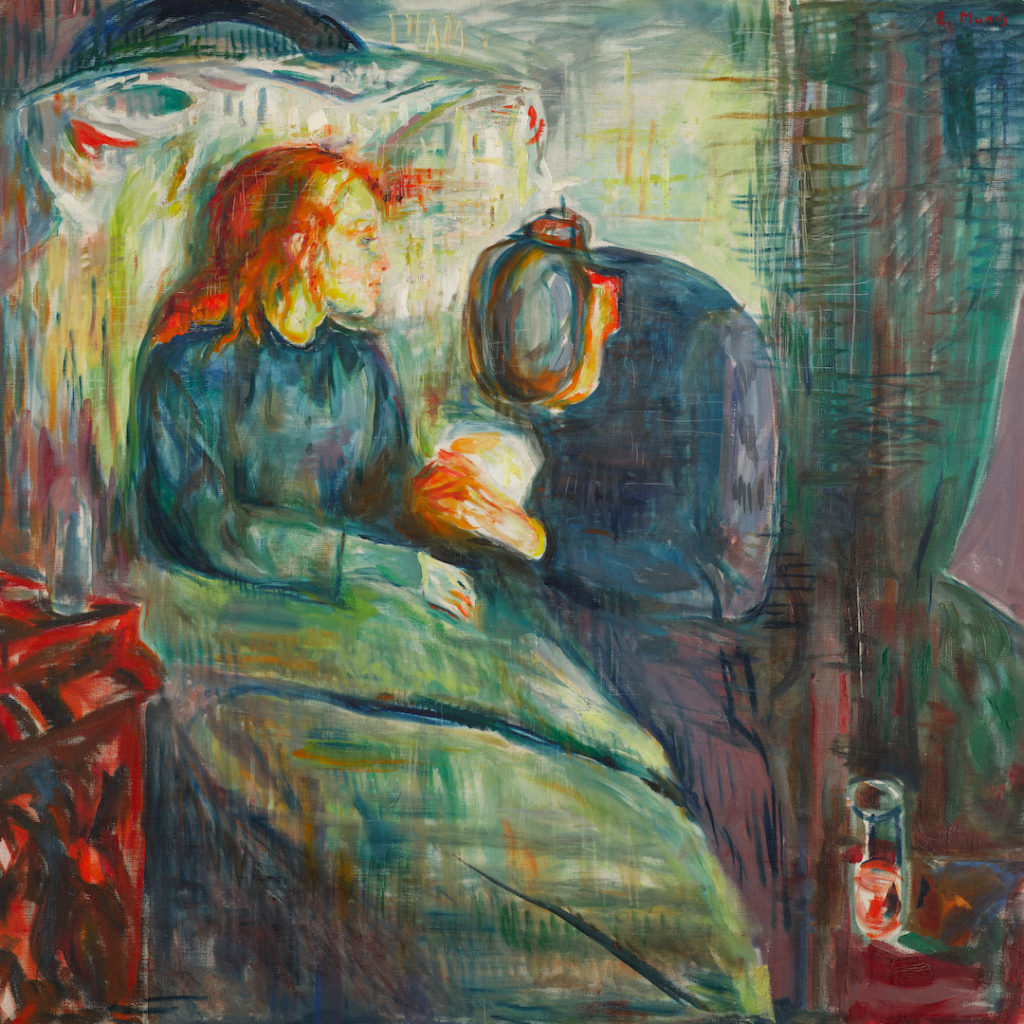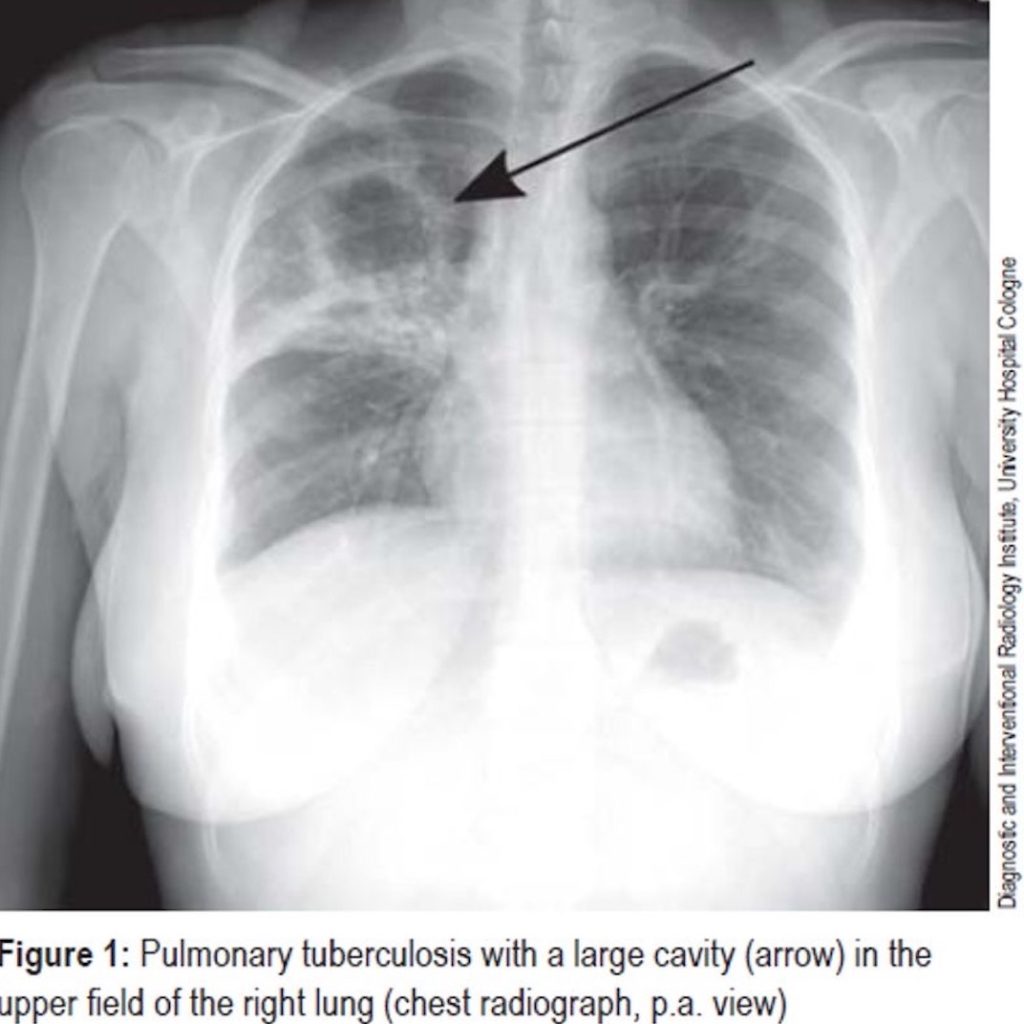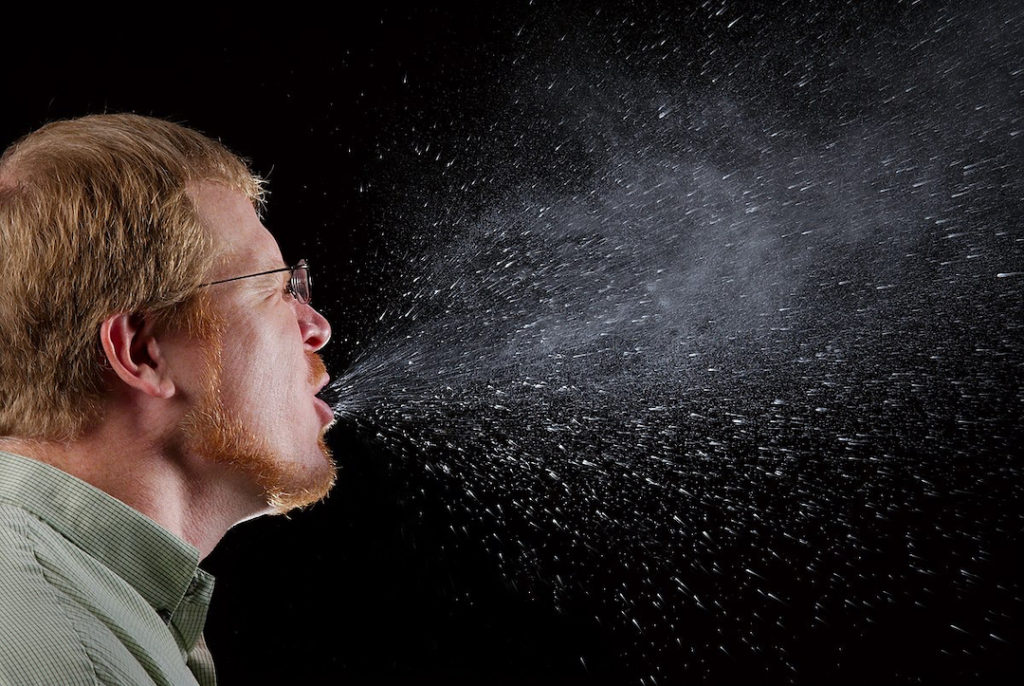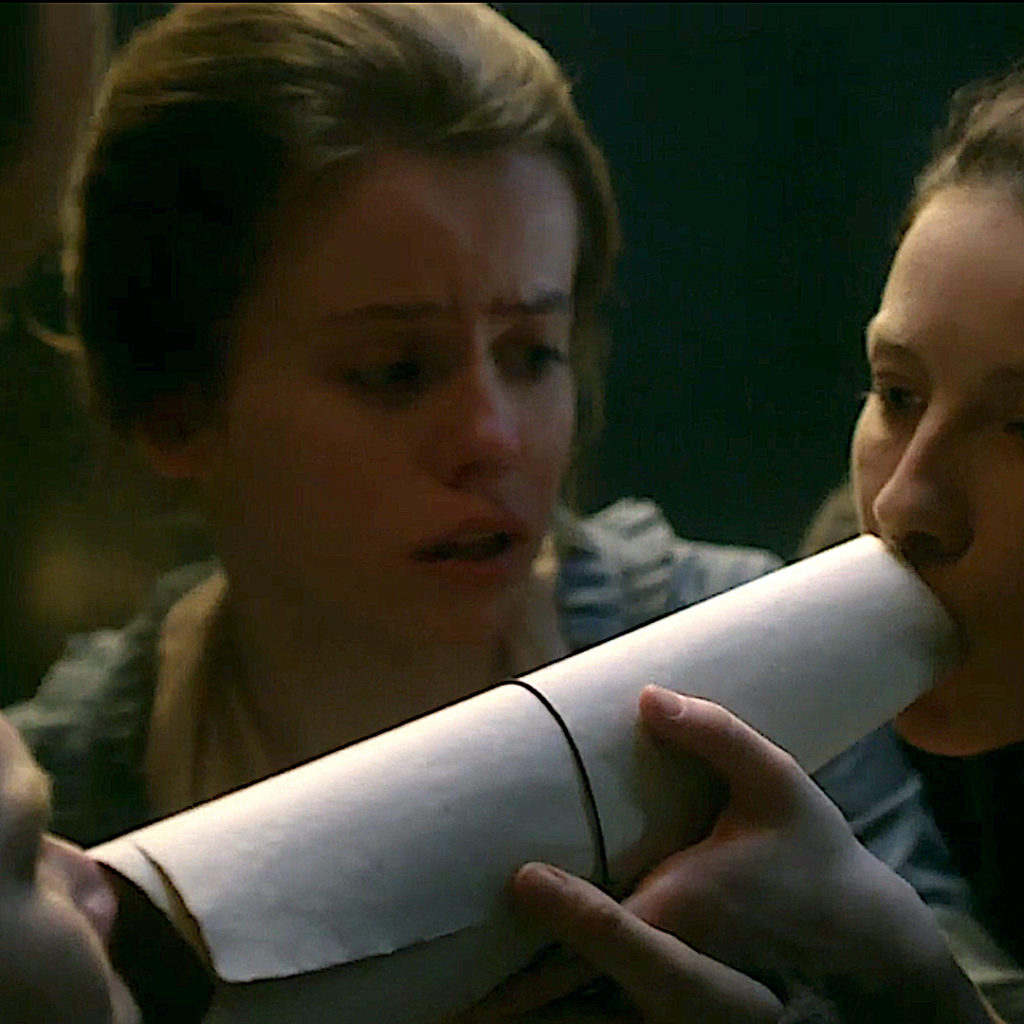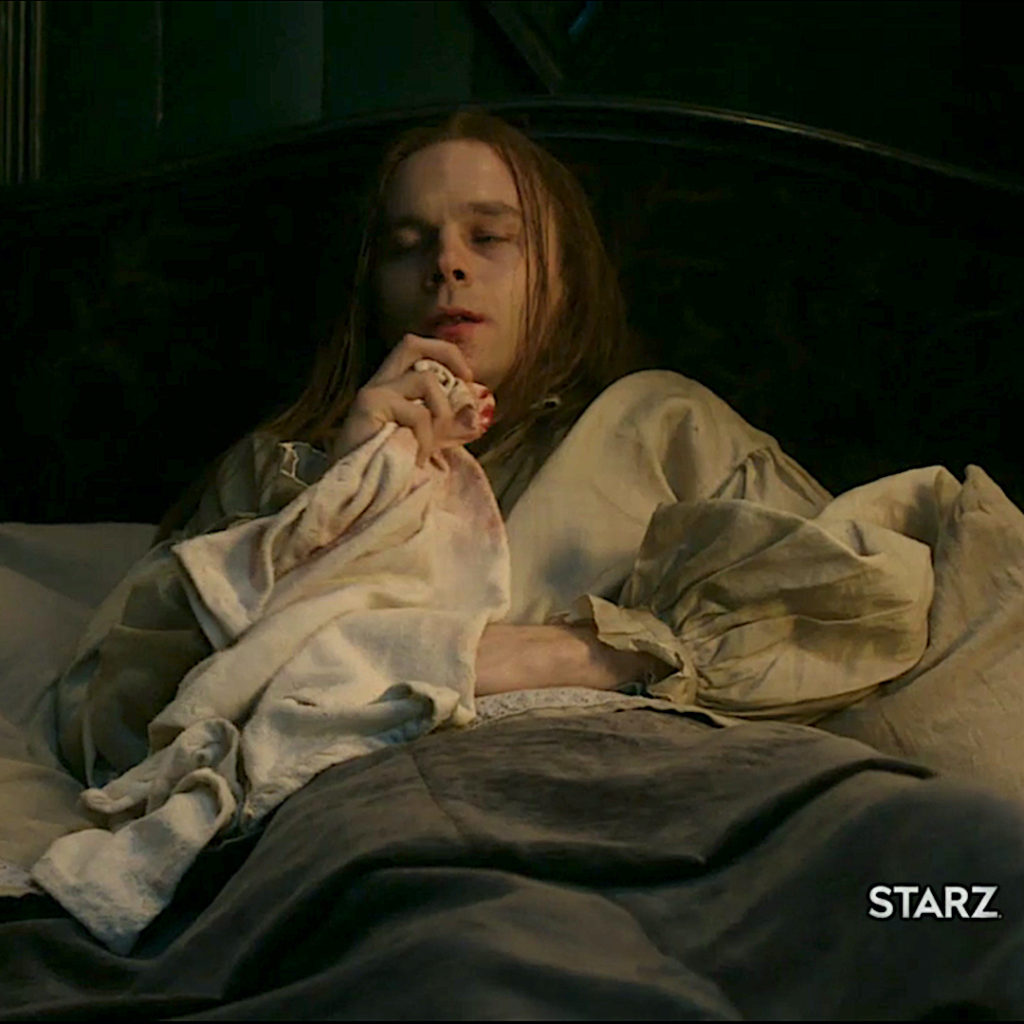Greetings Outlander fans! My, I have missed you all… 🤗
This weekend I find myself in beautiful Surrey, British Columbia, Canada, attending the Surrey International Writers’ Conference, more commonly known as SiWC!
I drove from Oregon to Canada lastThursday. It was a beautiful day but the normally 5.5 hr drive turned into nearly 7 hours due to two collisions in Washington state. Yes, it was an inconvenience for those on the freeway, but I was grateful to arrive safely and I hope those involved in the crashes are OK.
Thus far, I have attended several events featuring Diana – she is one busy lass! All were delightful and I will share them with you, but not in chronological order mostly due to the technical issues of posting via iPad. 😉
Today’s event was titled “Compelling Expositions,” a panel featuring Diana Gabaldon, Michael Slade, Robyn Harding, and Darren Groth (not shown). K. C. Dyer moderated (also not shown).
Diana looked stunning, layered with in a deep red shawl because the room was freezing! 🥶

Many fruitful topics were covered by the panel. Here are some highlights including Diana’s responses:
- Question: Which is your fav scene from your writings? Diana chose the scene from “Outlander” book wherein Jamie rescues Claire from Black Jack Randall’s clutches. They shelter at a tavern – Jamie tells Claire he is not ready for bed and proceeds to whip her with his sword belt. This set up a major clash between the two characters because each POV was justified from their perspective. Claire was trying to find a way back to Frank but Jamie knew her actions put all of their lives in danger. I must confess, this choice surprised me. I suppose because Diana has written so many splendid scenes. How would one even choose? 🤔
This is wee bit of the excerpt from the scene (pp. 249-250 “Outlander” Kindle version) that is Diana’s fav!
“Come to bed, Jamie. What are you waiting for?”
He came to stand by the bed, swinging the belt gently back and forth.
“Well, lass, I’m afraid we’ve a matter still to settle between us before we sleep tonight.” I felt a sudden stab of apprehension.
“What is it?” He didn’t answer at once. Deliberately not sitting down on the bed by me, he pulled up a stool and sat facing me instead.… 😯
- Question: How do you deal with pacing? Diana responded that pacing depends on context. For example, if there is an emergency then the writer wants to keep sentences short and terse. Pacing allows the author to create tension between two elements. A question is raised and then answered to move the story forward. (Psst…. She didn’t mention that sometimes the answers to questions she raises don’t get resolved until two books and ten years later!) 😂
- Question: How do you deal with slang or dialect? Diana feels dialogue is the most important way to define a character. An author using another language (e.g. Gaelic) needs to educate themself in the language. She watched films with Scottish characters to hear their spoken English. At conferences, if she heard anyone speaking with a Scottish accent, she invited them for coffee and listened to them speak. Diana also recommended reading books written by someone who speaks the language. She read several Scottish authors to help her get a feel for syntax, cadence, etc. Frankly, her devotion to her craft is a splendid example to all aspiring authors. 🥰
- Question: Do you plan out a chapter or scene ahead of time? Diana does not. We already know she doesn’t write in a straight line. She also does not tell her characters what to say or do. She waits patiently for them to speak to her. This being my fourth SiWC, I can tell you hers is a unique approach. Most writers I encounter plan out scenes, many even work from a classic outline. She also doesn’t know ahead of time how a book will end. I guess the one exception here is that she seems to know how the “Outlander” books will end. Sob! 😢
- Question: Who is your favorite author. James Clavell, she answered without a moment’s hesitation. Clavell authored the marvelous, “Shogun,” for those who might not know. Although it has been some time since I read it, it is well worth doing so. 👍🏻
These were highlights of the panel for me.
The full panel discussion can be accessed here:
I hope you enjoyed the panel. Need I say, my fav author for “Compelling Exposition” is none other than Diana Gabaldon? 🤩 🥇 🏆
The deeply grateful,
Outlander Anatomist
Follow me on:
-
- Twitter: @OutLandAnatomy
- Facebook: OutlandishAnatomyLessons
- Instagram: @outlanderanatomy
- Tumblr: @outlanderanatomy
- Youtube: Outlander Anatomy
Photo and audio credits: Outlander Anatomy

